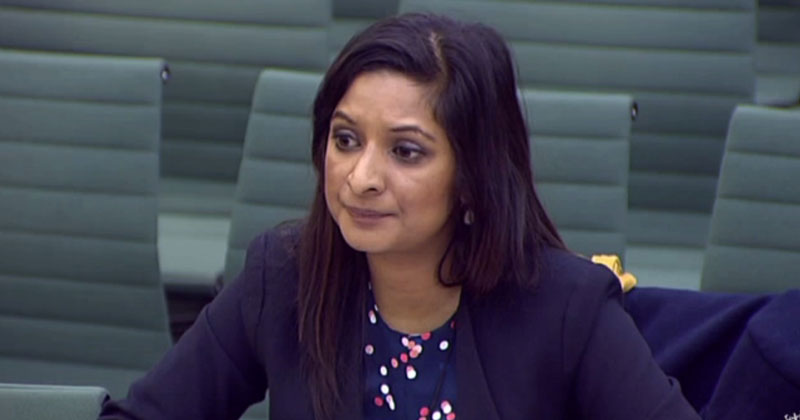The attainment gap between the wealthiest and most disadvantaged pupils almost disappears by the end of primary school before reappearing at age 16, new data suggests.
Analysis by data site SchoolDash shows that pupils from poorer areas draw level with their more socially advantaged peers by the end of key stage 2, but that the gap widens again by GCSEs.
It begs a lot of questions about why we can close the gap at primary school but we aren’t able to do it at secondary school
Using government data, SchoolDash compared last year’s academic achievements of pupils from the most and least advantaged local authorities in England.
Although there is a clear correlation between average point score in early years and the level of deprivation in an area (with affluent Surrey scoring high on average points while Sandwell, Hull and Knowsley showing low scores), this divergence is largely evened out by the end of primary school.
For example, in Surrey the average maths score for pupils at the end of key stage 2 is 105.3, compared to Hull (104.9), Knowsley (103.9) and Sandwell (103.6).
However, with the exception of London, a clear gap re-emerges in the percentage of pupils who achieve between grades 9 and 4 in GCSEs in English and in maths.

In Surrey, 73 per cent of pupils hit this target, while just 44 per cent achieved the same in Knowsley, 51 per cent in Sandwell and 58 per cent in Hull.
Timo Hannay, founder of SchoolDash, said the “geographical angle” to the poverty attainment gap is “under-appreciated… It begs a lot of questions about why we can close the gap at primary school but we aren’t able to do it at secondary school.”
In July, the Education Policy Institute’s annual report warned that disadvantaged pupils finish school 18 months behind their peers and that it would take over 100 years for them to catch up at the current rate of progress.
Natalie Perera, executive director and head of research at the EPI, said the GCSE attainment gap could be influenced by “factors outside of school, which could have a disproportionately negative effect of disadvantaged pupils”.

She also warned that the lower presence of “highly qualified teachers” in poorer areas could have an impact.
However, Anastasia de Waal, deputy director of Civitas, said the findings could be caused by “artificial inflation” of grades at key stage 2 due to the emphasis in primary schools of getting pupils ready for the SATs exams, while less high achieving pupils can be “left behind” at GCSE level.
The DfE said the attainment gap has narrowed by 9.5 per cent since 2011. Over £80 million in extra cash is being targeted at the country’s poorest areas too.







Your thoughts